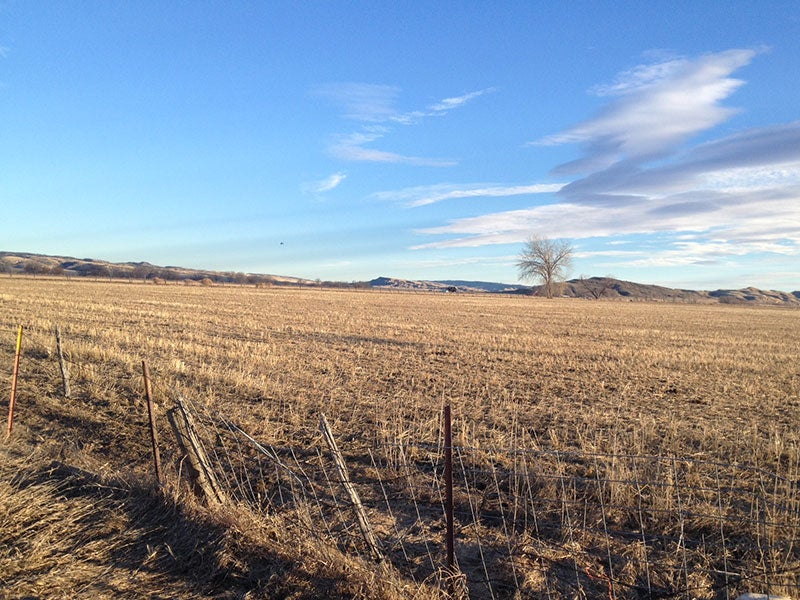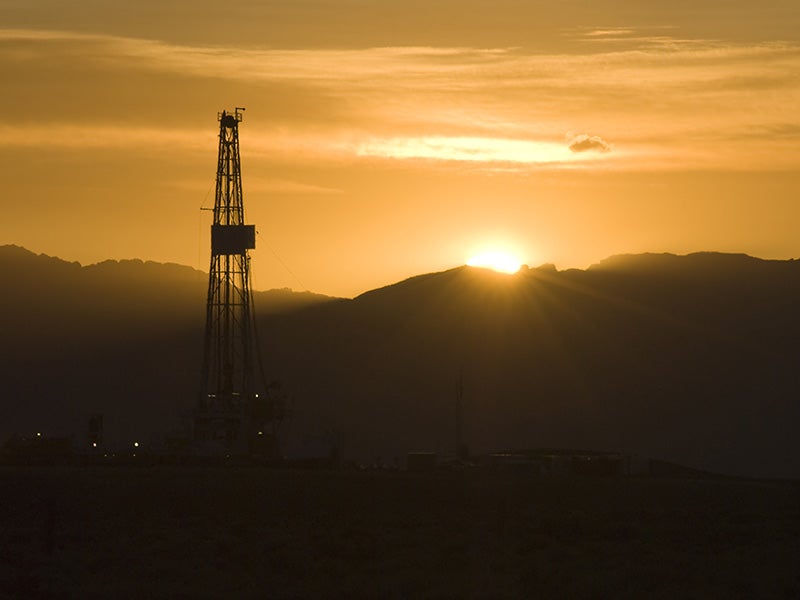Protecting Montana's Beartooth Front from Unregulated Oil Drilling
As much as one-third of the contaminated water from hydraulic fracturing can remain underground after drilling is completed, threatening pollution of soil and groundwater. Numerous chemicals used in fracking are linked to serious human health problems, including respiratory distress, rashes, convulsions, organ damage, and cancer.
Case Overview
Seven landowners have filed a legal challenge in state district court to the Carbon County Commission’s rejection of their petition for land use regulations to protect their private properties from the harmful effects of oil and gas drilling.
The landowners collectively seek to establish the “Silvertip Zoning District” to cover nearly 3,000 acres of agricultural land north of Belfry, Montana. Creation of the district is the first step to establish solid protections for land, air and water quality, giving landowners an essential voice in the development of oil and gas on their properties.
Although some oil and gas development has occurred in Carbon County for decades, the Silvertip landowners were pressed to take action in October 2013 after Energy Corporation of America’s CEO John Mork announced plans to hydraulically fracture 50 wells along the Beartooth Front—an area that includes Carbon and Stillwater counties in Montana and forms the northeastern flank of the greater Yellowstone ecosystem.
Montana law empowers landowners to initiate the development of zoning regulations for the protection of their land and community by petitioning their county commissioners to establish planning and zoning districts.
The Silvertip landowners have lobbied extensively before the Montana legislature and the state Board of Oil and Gas Conservation for protections from the adverse effects of inadequately regulated drilling. Those government bodies failed to take action.
Oil and gas drilling in shale formations such as the formation underlying Silvertip area is commonly accomplished through hydraulic fracturing, or “fracking,” which involves pumping millions of gallons of chemical-laced water and sand into the ground to release trapped oil and gas. After the well is fractured, substantial quantities of this contaminated water—which contains high concentrations of salt, drilling chemicals, heavy metals, and radioactive material—returns to the surface where it is frequently stored in open containment ponds that pose substantial risks of leaks or failure.
As much as one-third of the contaminated water from the fracturing can remain underground after drilling is completed, threatening pollution of soil and groundwater. Numerous chemicals used in fracking are linked to serious human health problems, including respiratory distress, rashes, convulsions, organ damage, and cancer. However, federal and Montana law provide only limited restrictions on the use of these dangerous chemicals and do not require pre-drilling notification to adjacent landowners or the public or mandate surface and ground water testing to detect contamination.

Case Updates
Case page created on February 17, 2015.
